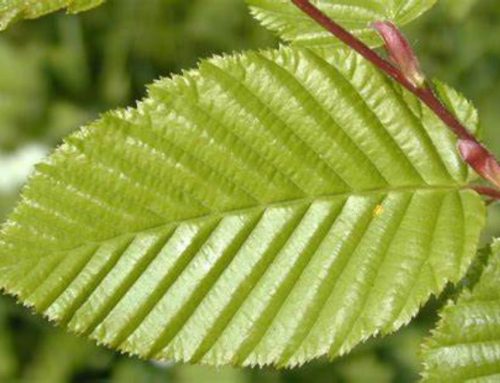They may be small in stature, but mosses and liverworts greatly enhance the beauty and biological interest of just about everywhere in London from roadside trees, garden walls and paths, to our parks and ancient woodland remnants like Kenwood, Queens, Highgate and Coldfall Woods. They are also some of the best biological indicators of air quality and climate. A detailed survey of the CREOS area was undertaken in the autumn of 2021, which yielded 28 mosses and 3 liverworts, although further sampling in the winter months, when mosses and liverworts are at their best, should bring the tally to over 40 species. These totals at first sight compare unfavourably with Queens (60 mosses, 13 liverworts), Highgate (54 and 13), and Coldfall Woods (43 and 9), but still contain some particularly interesting species. Whilst most were probably present continuously at CREOS throughout the high soot and sulphur dioxide polluted period from the Victorian era until the Clean Air Acts of 1956 and 1968, four epiphytic mosses and one liverwort are certainly new arrivals.
Following local extinction in the nineteenth century, the mosses Cryphaea heteromalla and Ulota bruchii now grow locally again. Later moss arrivals, as a consequence of this cleaner air, are Orthotrichum straminium (2009) and O. tenellum (2018). The former species grows on coppiced hornbeams at CREOS, and is likely to increase as these are managed by thinning. The aptly named diminutive liverwort Cololejeunea minutissima, with leafy shoots less than 1mm across, was once a species confined to the extreme SW of England. As a result of climate change it is now almost ubiquitous in our local woodlands. These tiny yet fascinating lifeforms are not just a pretty and intricate part of our woodland environment, but also an important indicator of environmental and atmospheric change, something that affects us all.
For more information on mosses and liverworts, visit here>>





